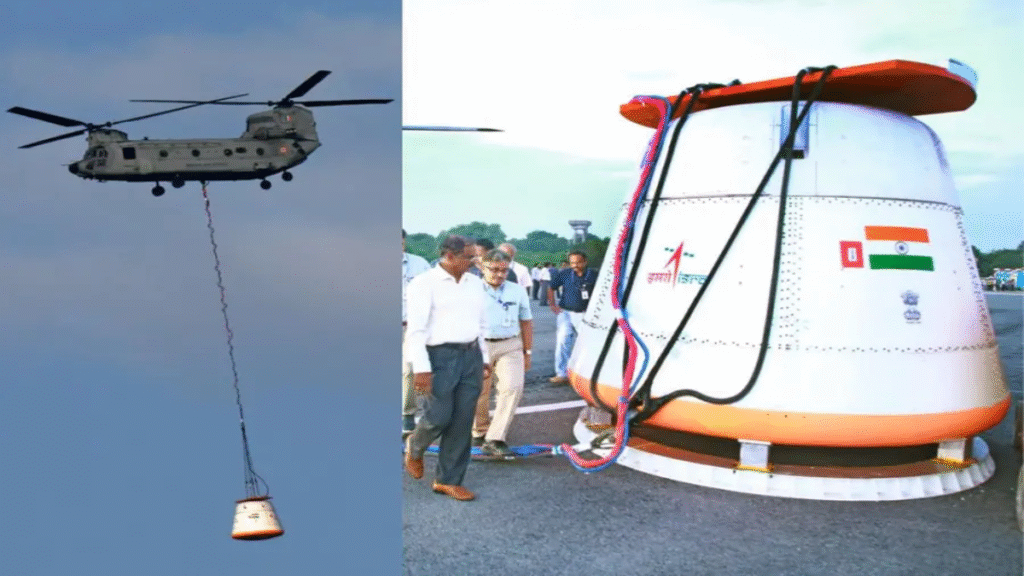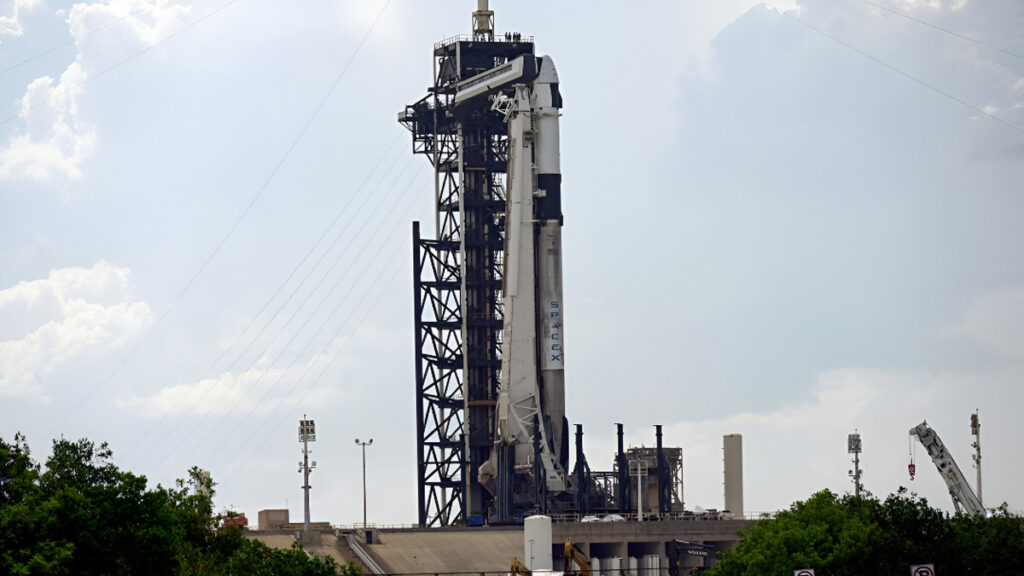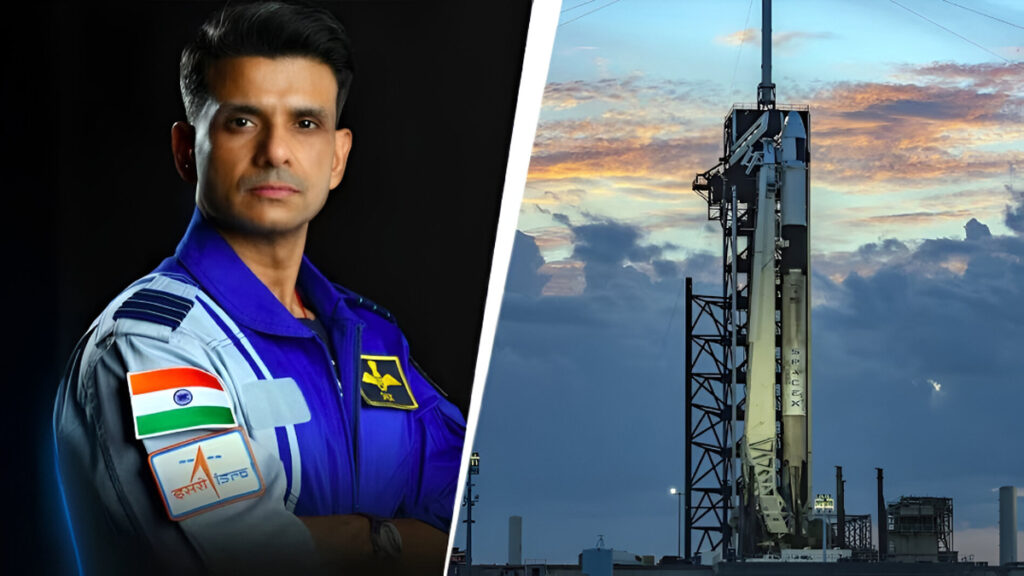Now Reading: India’s New “Bodyguard” Satellites to Protect Space Assets After Risky Orbital Near-Miss
-
01
India’s New “Bodyguard” Satellites to Protect Space Assets After Risky Orbital Near-Miss
India’s New “Bodyguard” Satellites to Protect Space Assets After Risky Orbital Near-Miss

In a significant move to safeguard its vital space assets, India is reportedly developing a new class of “bodyguard” satellites. This decision comes in the wake of a concerning near-miss incident in orbit that has underscored the increasing vulnerability of spacecraft in a crowded and militarized space environment.
The plan, which is part of a larger push by the Indian government to enhance its orbital security capabilities, is a direct response to a previously unreported incident in mid-2024. During this event, a satellite belonging to a neighboring country came perilously close—within one kilometer—of a key Indian Space Research Organisation (ISRO) satellite. The Indian satellite was engaged in tasks with potential military applications, such as ground mapping and monitoring. While no collision occurred, the unusually close approach was seen by some as a potential “show of strength” or a test of capabilities, highlighting the need for a robust defensive posture in space.
The proposed “bodyguard” satellites would be equipped with advanced technology, such as Light Detection and Ranging (LiDAR) systems, to quickly and accurately identify and track potential threats. The data gathered would then provide ground-based controllers with the crucial time needed to command the threatened satellite to perform a collision avoidance maneuver, repositioning itself to a safer orbit. This initiative is a critical step towards establishing a more comprehensive Space Situational Awareness (SSA) system for India, which would also include an expanded network of ground-based radars and telescopes.
This new project fits into a broader, multi-billion-dollar strategy by the Indian government to bolster its orbital security. This includes a plan to launch approximately 50 surveillance satellites in the coming years, with the first of these expected to be deployed in the near future. This proactive approach reflects a recognition of the growing importance of space in modern warfare and national security. Satellites are no longer just tools for communication and weather forecasting; they are critical infrastructure for intelligence gathering, navigation, and military operations. This was demonstrated during India’s conflict with a rival nation earlier this year, where satellites played a vital role in providing support to military operations.
The move to develop “bodyguard” satellites also signals India’s intention to move beyond its existing anti-satellite (ASAT) capabilities. While India successfully demonstrated its ability to destroy a satellite in low-earth orbit with “Mission Shakti” in 2019, destructive tests create a significant amount of space debris, a major global concern. The new “bodyguard” satellite concept appears to be focused on non-destructive, proactive defense, aimed at preventing threats rather than neutralizing them with force.
The increasing congestion of low-earth orbit, with the proliferation of mega-constellations like SpaceX’s Starlink, adds another layer of complexity to space traffic management. The near-miss incident serves as a stark reminder of the challenges posed by both accidental collisions and deliberate acts of aggression in space. By developing “bodyguard” satellites, India is not only seeking to protect its own assets but also contributing to the growing global dialogue on responsible and sustainable space operations in an increasingly contested domain.










